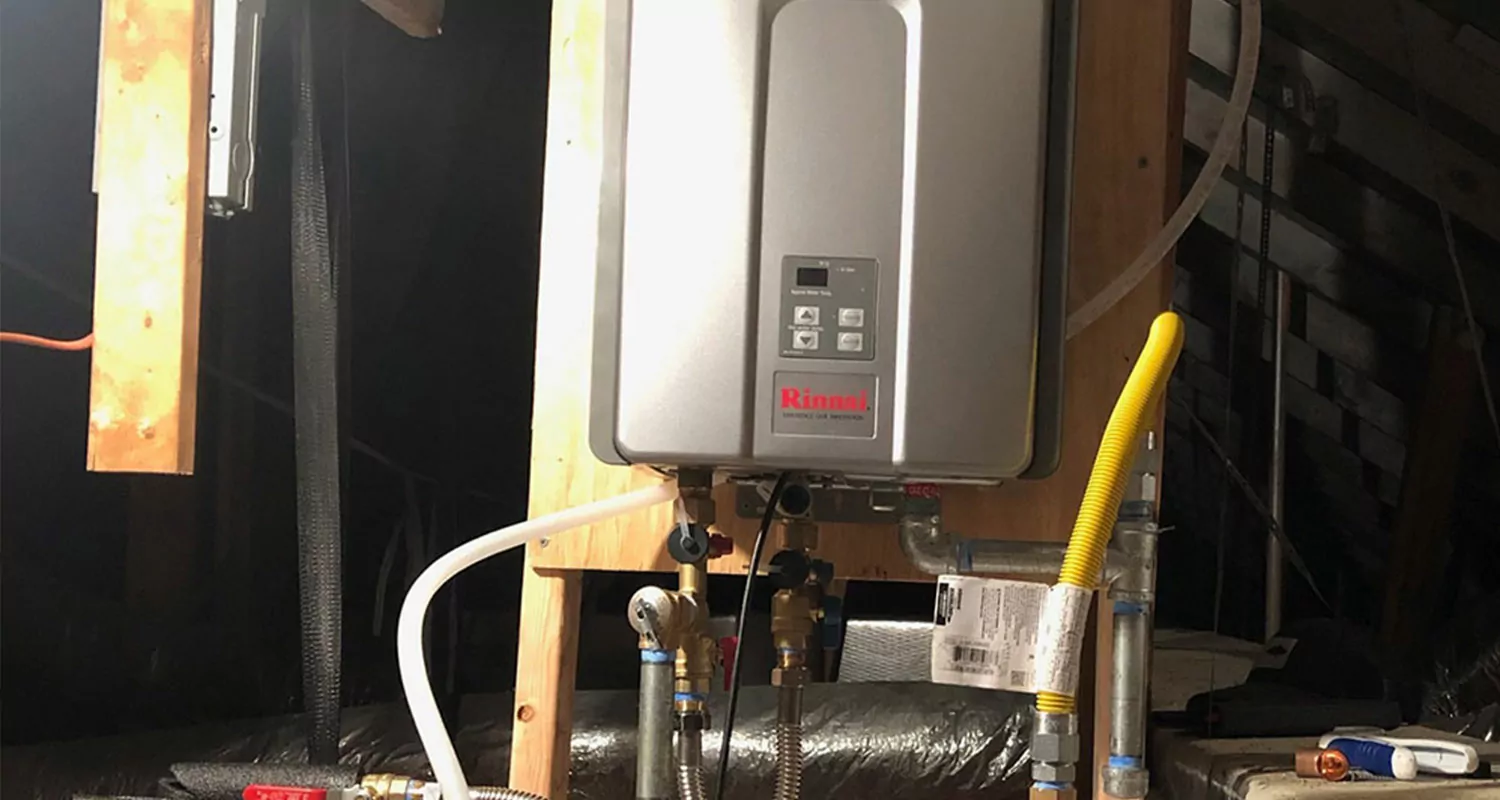Step-by-Step Guide to Maintaining Your Home's Hot Water SystemImportant Advice on Maintaining Your Home's Hot Water System
Step-by-Step Guide to Maintaining Your Home's Hot Water SystemImportant Advice on Maintaining Your Home's Hot Water System
Blog Article
Every person may have their own individual conception in relation to Water Heater Maintenance Tips You Can't Afford to Forget.

Warm water is essential for everyday convenience, whether it's for a rejuvenating shower or washing dishes. To ensure your warm water system runs effectively and lasts much longer, regular upkeep is vital. This write-up gives sensible ideas and understandings on how to keep your home's warm water system to prevent disruptions and expensive repairs.
Intro
Keeping your home's warm water system may appear complicated, yet with a few basic steps, you can guarantee it runs smoothly for several years to come. This guide covers everything from recognizing your hot water system to do it yourself upkeep suggestions and recognizing when to contact specialist help.
Significance of Keeping Your Hot Water System
Routine maintenance not just expands the life expectancy of your warm water system but additionally guarantees it runs effectively. Disregarding maintenance can cause lowered efficiency, higher power costs, and even early failing of the system.
Signs Your Hot Water System Demands Maintenance
Understanding when your warm water system needs attention can stop significant issues. Watch out for indications such as irregular water temperature level, unusual noises from the heating system, or rusty water.
Flushing the Hot Water Heater
Flushing your water heater eliminates debris buildup, enhancing performance and extending its life.
Monitoring and Replacing Anode Rods
Anode poles protect against corrosion inside the tank. Inspecting and replacing them when worn is vital.
Facility Concerns Requiring Specialist Help
Examples include significant leaks, electrical issues, or if your water heater is regularly underperforming.
Regular Specialist Upkeep Conveniences
Professional maintenance can include extensive inspections, tune-ups, and guaranteeing conformity with safety and security criteria.
Evaluating and Adjusting Temperature Setups
Readjusting the temperature level setups ensures ideal efficiency and security.
Do It Yourself Tips for Upkeep
You can perform a number of upkeep jobs on your own to keep your hot water system in top problem.
Checking for Leakages
Regularly examine pipes and connections for leaks, as these can lead to water damage and higher bills.
Comprehending Your Hot Water System
Before diving into maintenance jobs, it's practical to recognize the basic parts of your warm water system. Normally, this consists of the hot water heater itself, pipelines, anode poles, and temperature controls.
Regular Monthly Maintenance Tasks
Regular month-to-month checks can help catch minor issues before they escalate.
Examining Stress Alleviation Valves
Examining the stress safety valve guarantees it operates correctly and avoids extreme pressure buildup.
Shielding Pipelines
Shielding warm water pipes decreases warmth loss and can conserve power.
When to Call a Specialist
While do it yourself maintenance is advantageous, some issues need expert competence.
Final thought
Normal maintenance of your home's warm water system is crucial for effectiveness, longevity, and expense savings. By complying with these tips and recognizing when to look for professional aid, you can guarantee a dependable supply of warm water without unexpected interruptions.
How to Maintain an Instant Hot Water Heater
Before tinkering with your hot water heater, make sure that it’s not powered on. You also have to turn off the main circuit breaker and shut off the main gas line to prevent accidents. Also turn off the water valves connected to your unit to prevent water from flowing into and out of the appliance. 2. When you’re done, you have to detach the purge valves’ caps. These look like the letter “T” and are situated on either side of the water valves. Doing so will release any pressure that has accumulated inside the valves while at the same time avoid hot water from shooting out and burning your skin. 3. When the purge valves’ caps are removed, you have to connect your hosing lines to the valves. Your unit should have come with three hoses but if it didn’t, you can purchase these things from any hardware or home repair shops. You can also get them from retail stores that sell water heating systems. Read the user’s manual and follow it to complete this task properly. When the hosing lines are connected, open the purge port’s valves. 4. You should never use harsh chemical cleaners or solutions when cleaning your unit. Make use of white vinegar instead. It should be undiluted and you’ll probably use about 2 gallons. 5. Now flush your water heater. This task should probably take about 40 minutes. We can’t give you specific directions for this because the procedure is carried out depending on the type, model and brand of your heater. With that being said, refer to the user’s manual. 6. When you’re done draining the unit, you have to turn off the purge port valves again. Remove the hosing lines that you earlier installed on each of the water valves. Put the valve caps (purge port) back in their respective places and be very careful so as not to damage the rubber discs that are found inside these caps. 7. Now that everything’s back in place, check your user’s manual again to find out how to reactivate your water heating system. 8. Once it is working, turn one of your hot water faucets on just to let air pass through the heater’s water supply pipes. Leave the tap on until water flows smoothly out of it. https://www.orrplumbing.com/blog/2014/september/how-to-maintain-an-instant-hot-water-heater/

I have been very occupied with Tips For Maintaining Your Hot Water Heater and I really hope you enjoyed the new blog entry. Sharing is good. You won't know, you may be helping someone out. Many thanks for your time. Return soon.
Click Here Report this page